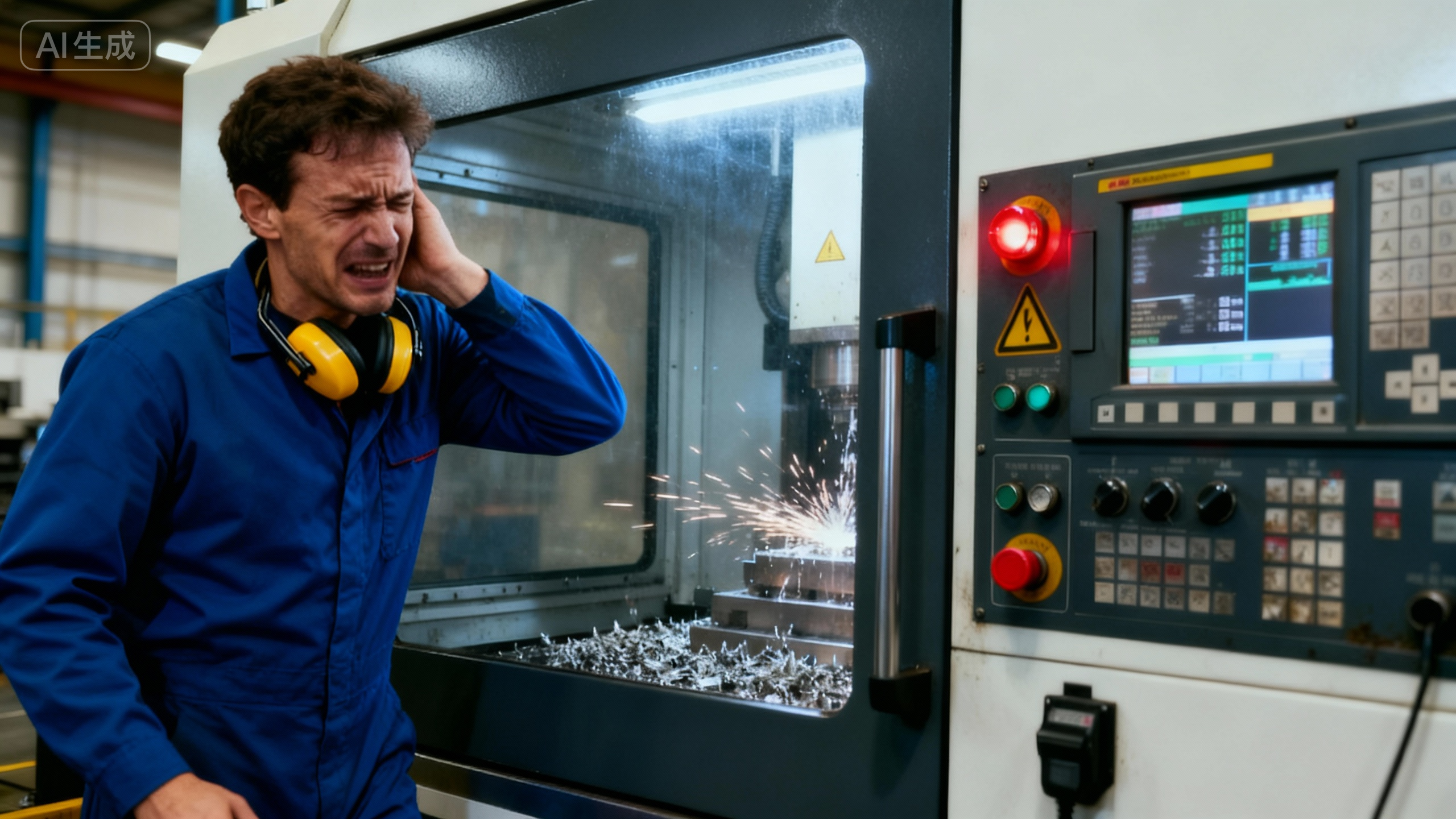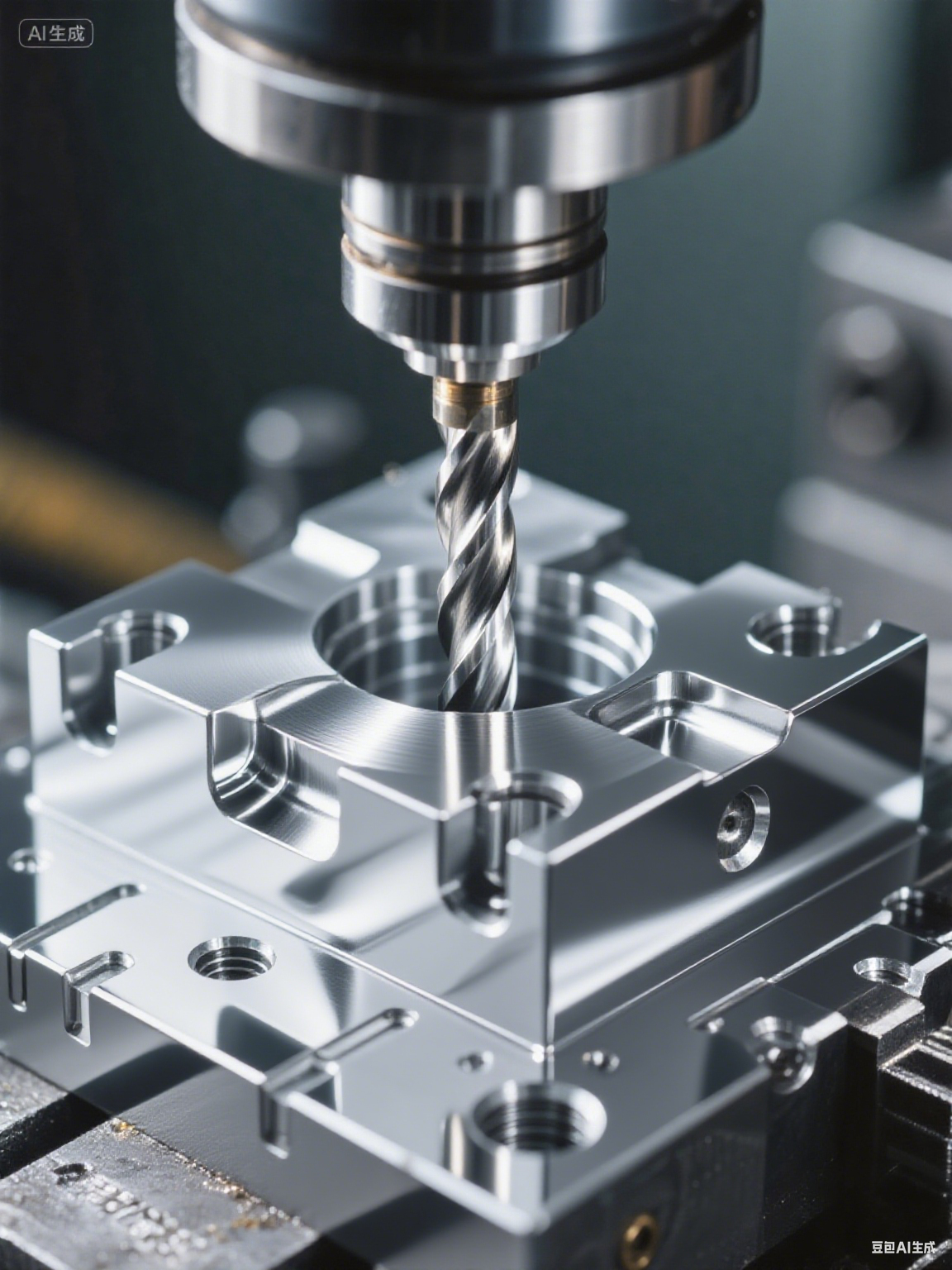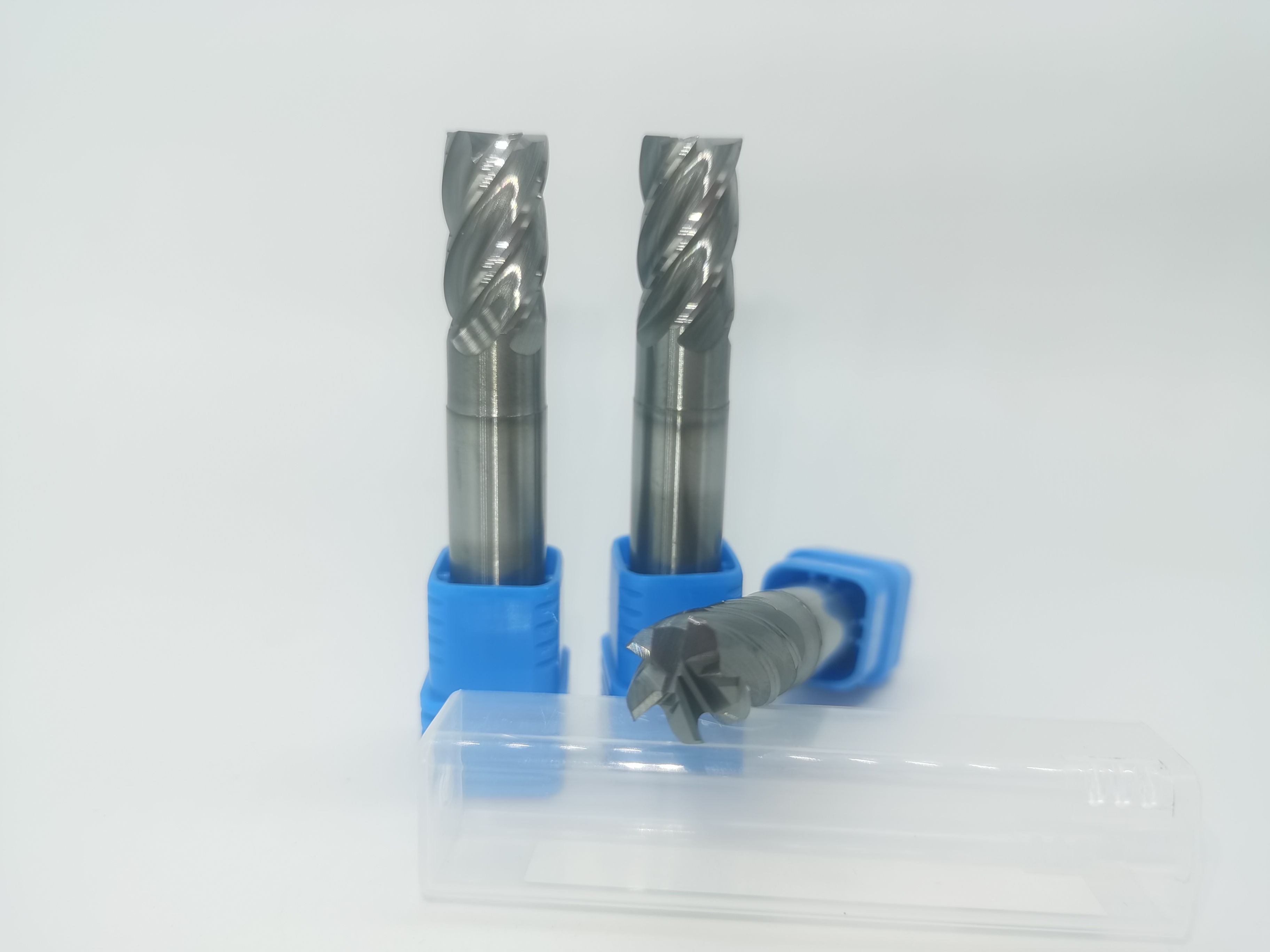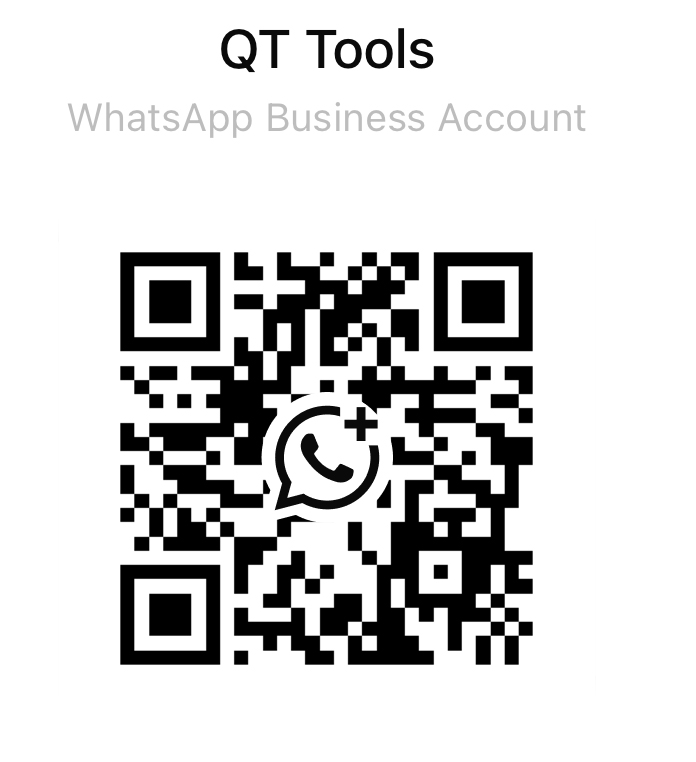Is drilling leaving burrs? Are you still removing them by hand?
Many auto parts factories, especially those in the new energy vehicle sector, face burring on the back side of holes when drilling aluminum alloy bumpers. I have three solutions that can eliminate the need for manual deburring, saving significant labor costs and improving efficiency.
First, let's analyze the typical locations where burrs frequently occur:
1.Burrs on the flare of intersecting holes.

2.Burrs at the exit of through-holes.
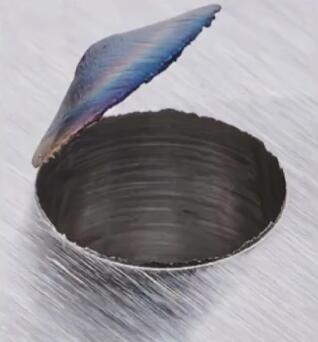
3.Burrs at the entry point of the drill.
For shallow holes, you can try a flat-bottom drill bit (also called a flat-head drill bit), which we have in stock. Why is a flat-bottom drill bit suitable for shallow holes? Because it has greater resistance than a normal drill bit, and the feed rate will be much smaller. Therefore, it is generally not recommended for depths exceeding 2 times the diameter. It's not suitable for mass production of deep holes.
For deeper intersecting holes, some might use two types of drill bits. First, they use a pointed drill bit, leaving some material, and then, just before breaking through, a flat-bottom drill finishes the operation. This method also reduces burrs. However, we recommend using just one drill bit: with a pointed drill, we can keep the RPM constant while slowing down the feed rate just before completing the through-hole, which will significantly reduce the amount of burrs.
Finally, for deep holes in mass production with burrs, if you want to reduce burrs, Changzhou QT TOOLS can help you customize a low-burr drill bit. It's also a pointed drill, but it has a special treatment near the drill tip that acts as a buffer. This reduces the impact force at the moment of breakthrough, thereby minimizing burr formation.
Follow Changzhou QT TOOLS to learn more about tool usage and avoid detours!

